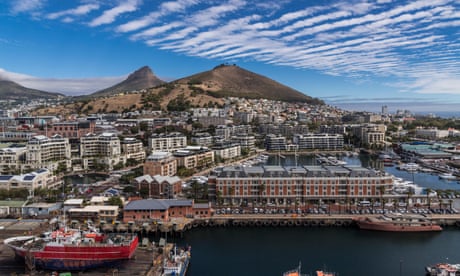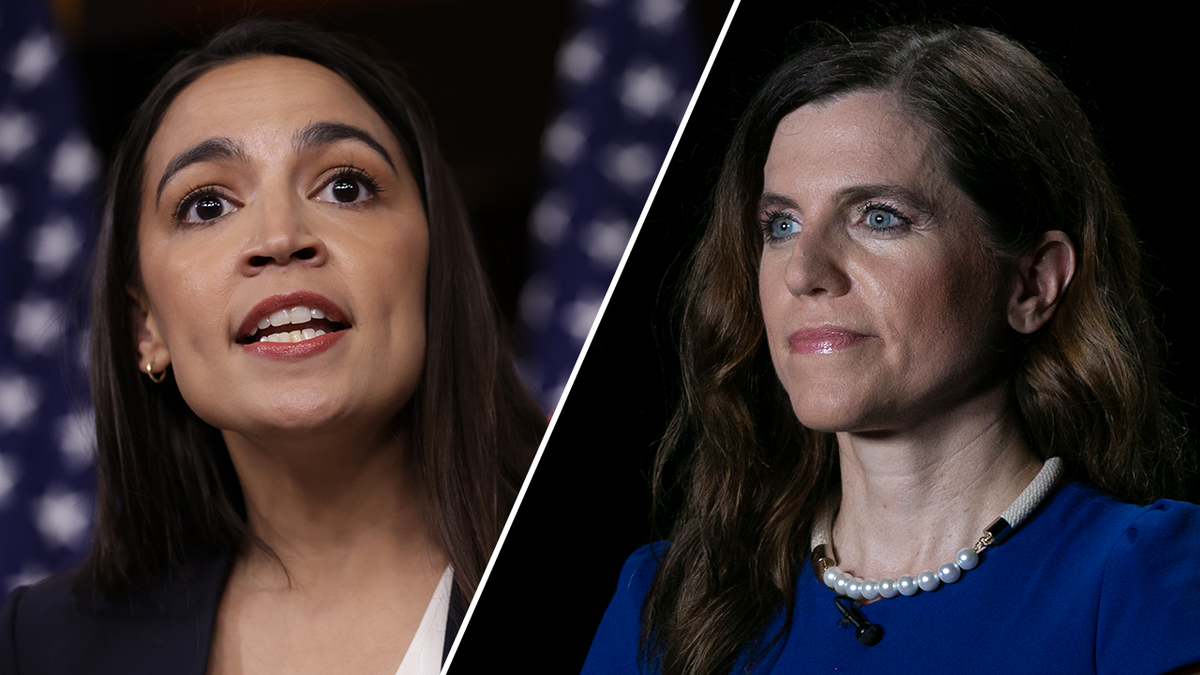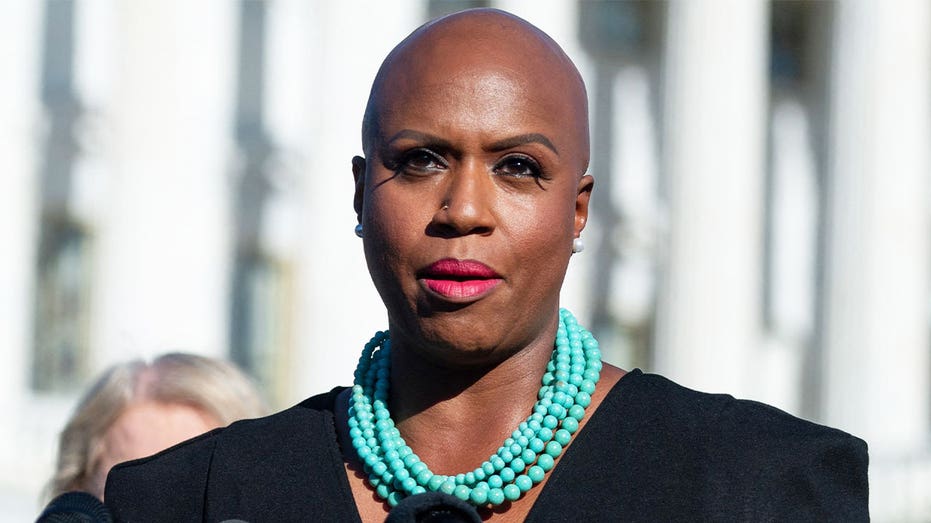- by foxnews
- 25 Nov 2024
Swimming pools of the rich driving city water crises, study says
Swimming pools of the rich driving city water crises, study says
- by theguardian
- 11 Apr 2023
- in news

The swimming pools, well-watered gardens and clean cars of the rich are driving water crises in cities at least as much as the climate emergency or population growth, according to an analysis.
The researchers said the vast difference in water use between rich and poor citizens had been largely overlooked in seeking solutions to water shortages, with the focus instead on attempts to increase supply and higher prices for water. They said the only way to protect water supplies was by redistributing water resources more equally.
The study used Cape Town in South Africa as a case study and found the richest people used 50 times more water than the poorest. When the Day Zero water crisis struck the city in 2018, after several years of drought, the poorest were left without enough water for their basic needs, the scientists said.
Cape Town was far from unique, the researchers said, with similar problems in many cities around the world. Since 2000, more than 80 big cities had experienced extreme drought and water shortages, they said, including Miami, Melbourne, London, Barcelona, São Paulo, Beijing, Bengaluru and Harare.
The researchers said urban water crises were expected to become more frequent, with more than 1 billion city dwellers expected to experience water shortages in the near future. In March, a report by the Global Commission on the Economics of Water concluded that the world faces an imminent water crisis, with demand expected to outstrip supply by 40% by 2030.
The model, which could be applied to other cities, showed that changes in water use by the richest group had a bigger impact on overall water availability than changes in population or droughts related to the climate crisis. The researchers also said increased use of private boreholes in times of shortage by the richest citizens substantially depleted groundwater resources.
The scientists said failing to account for social inequality in a water crisis often led to technocratic solutions that simply reproduced the uneven and unsustainable water use patterns that contributed to the water crisis in the first place.
- by foxnews
- descember 09, 2016
'Quiet travel' is having a moment; here are top US spots where you can embrace the trend
Here are 10 destinations for "quiet travel" in the U.S. to check out if you're ready to unplug and unwind on your next vacation. From Maine to Florida, Oregon and more, see the list.
read more


